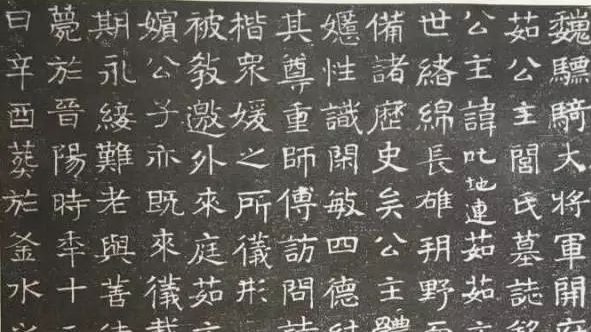Worth remembering, #Mulan  https://abs.twimg.com/hashflags... draggable="false" alt=""> is based on a Xianbei (proto-Mongol/proto-Turkic) heroine, who lived in North China when it was ruled by a dynasty of nomadic origin around the 5th c AD. Here& #39;s a 5th-c figurine of a Xianbei woman, known in history for their bravery and love of freedom.
https://abs.twimg.com/hashflags... draggable="false" alt=""> is based on a Xianbei (proto-Mongol/proto-Turkic) heroine, who lived in North China when it was ruled by a dynasty of nomadic origin around the 5th c AD. Here& #39;s a 5th-c figurine of a Xianbei woman, known in history for their bravery and love of freedom.
In Mulan& #39;s times, or the Northern dynasties, women in armor and cavalry were not uncommon. Good at archery on horseback, Lady Pan (6th c), the wife of a Tibetan (Di) general, is said to fight side by side with her husband on the battlefield, thus gaining an epithet "General Pan."
Following these daring exemplars, Chinese women in the succeeding Tang dynasty (618-906) pursued greater freedom&power, testified to by numerous representations of women dressing themselves in men& #39;s fashion, playing polo, hunting, and by the reign of the female emperor Wu Zetian.
For the origin of Mulan, here& #39;s an illuminating passage in "From Mulan to Unicorn," a chapter from Chen Sanping& #39;s book: Multicultural China in the Early Middle Ages. Another important book on this subject is by Lan Dong: Mulan& #39;s Legend and Legacy in China and the United States.
For the fashion of Tang women, please check out this new book by BuYun Chen. I feel sorry not having time to write reviews for this wonderful work. But it& #39;s definitely a must-read if you want to learn or teach about women and art in the Tang dynasty. https://uwapress.uw.edu/book/9780295745305/empire-of-style/">https://uwapress.uw.edu/book/9780...
Christine Lee, a bioarchaeologist in the California State University, talks about the discovery of a grave containing two Xianbei women warriors in Northern Mongolia: "Nomadic women were traditionally more mobile and had more independence and freedom." https://news-artnet-com.cdn.ampproject.org/v/s/news.artnet.com/art-world/mongolian-warrior-women-skeletons-mulan-1860144/amp-page?usqp=mq331AQRKAGYAbiHzfu-zufAzQGwASA%3D&_js_v=0.1">https://news-artnet-com.cdn.ampproject.org/v/s/news....
#Mulan  https://abs.twimg.com/hashflags... draggable="false" alt=""> joined fight against Rouran, a proto-Mongol tribe rising to power on the steppes after Xianbei moved to N China. Xianbei rulers called these enemies "ruru"- "squirming worms" in Chinese; yet they also formed marriage alliances. These& #39;re from a ruru princess tomb in China:
https://abs.twimg.com/hashflags... draggable="false" alt=""> joined fight against Rouran, a proto-Mongol tribe rising to power on the steppes after Xianbei moved to N China. Xianbei rulers called these enemies "ruru"- "squirming worms" in Chinese; yet they also formed marriage alliances. These& #39;re from a ruru princess tomb in China:

 Read on Twitter
Read on Twitter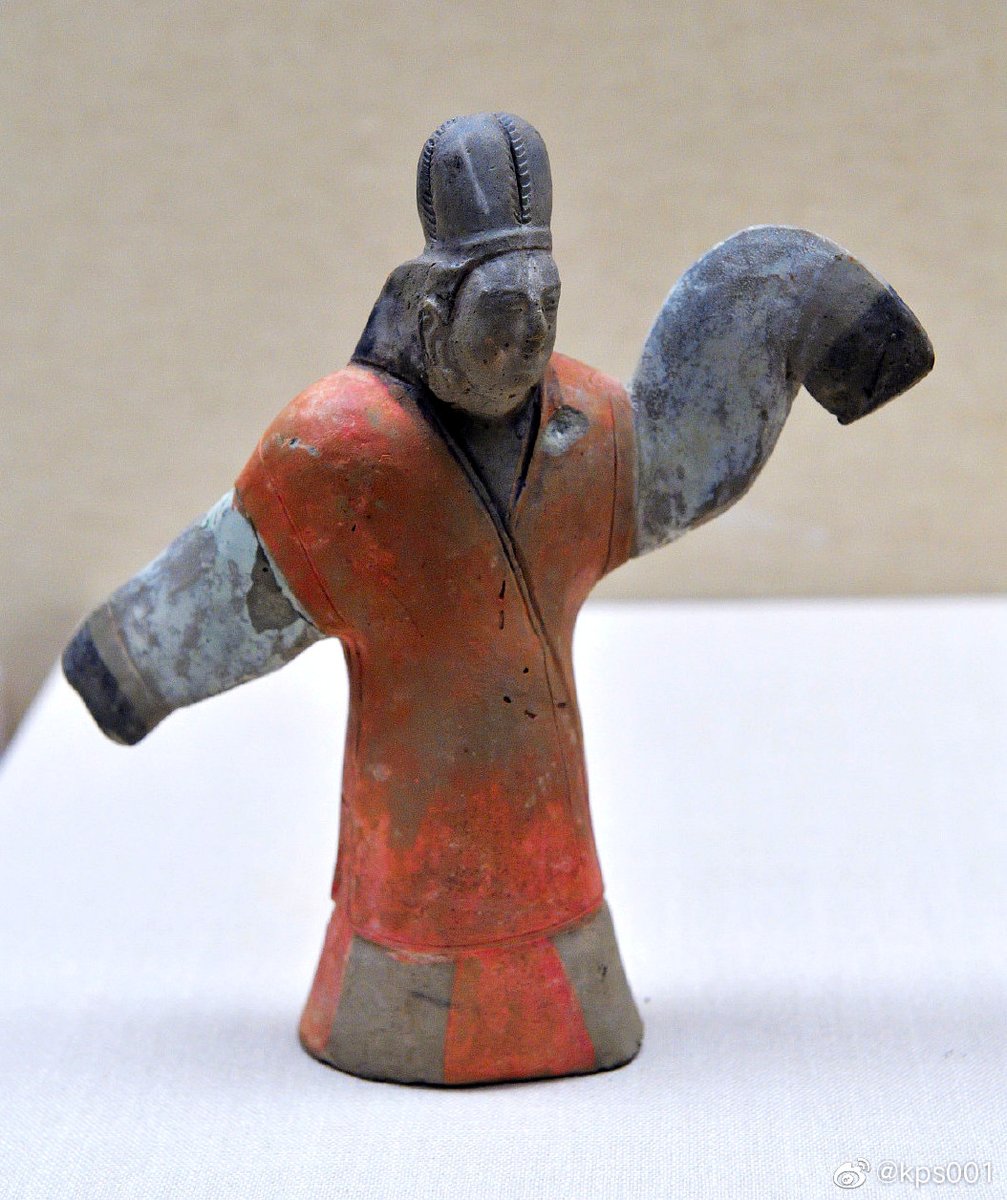 is based on a Xianbei (proto-Mongol/proto-Turkic) heroine, who lived in North China when it was ruled by a dynasty of nomadic origin around the 5th c AD. Here& #39;s a 5th-c figurine of a Xianbei woman, known in history for their bravery and love of freedom." title="Worth remembering, #Mulan https://abs.twimg.com/hashflags... draggable="false" alt=""> is based on a Xianbei (proto-Mongol/proto-Turkic) heroine, who lived in North China when it was ruled by a dynasty of nomadic origin around the 5th c AD. Here& #39;s a 5th-c figurine of a Xianbei woman, known in history for their bravery and love of freedom.">
is based on a Xianbei (proto-Mongol/proto-Turkic) heroine, who lived in North China when it was ruled by a dynasty of nomadic origin around the 5th c AD. Here& #39;s a 5th-c figurine of a Xianbei woman, known in history for their bravery and love of freedom." title="Worth remembering, #Mulan https://abs.twimg.com/hashflags... draggable="false" alt=""> is based on a Xianbei (proto-Mongol/proto-Turkic) heroine, who lived in North China when it was ruled by a dynasty of nomadic origin around the 5th c AD. Here& #39;s a 5th-c figurine of a Xianbei woman, known in history for their bravery and love of freedom.">
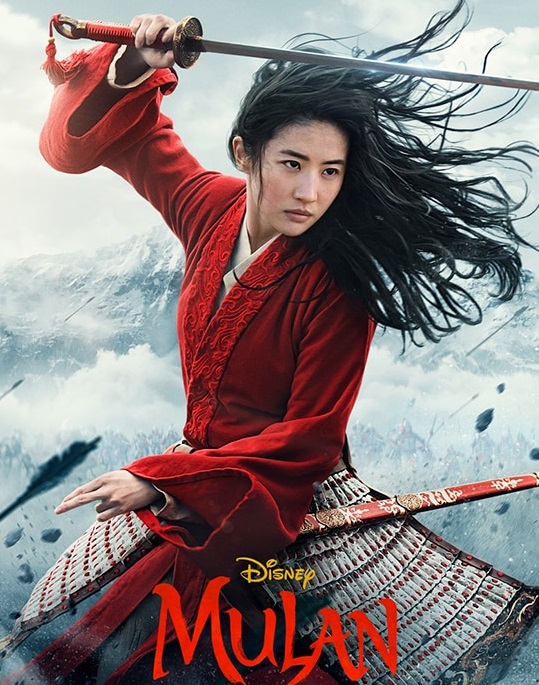 is based on a Xianbei (proto-Mongol/proto-Turkic) heroine, who lived in North China when it was ruled by a dynasty of nomadic origin around the 5th c AD. Here& #39;s a 5th-c figurine of a Xianbei woman, known in history for their bravery and love of freedom." title="Worth remembering, #Mulan https://abs.twimg.com/hashflags... draggable="false" alt=""> is based on a Xianbei (proto-Mongol/proto-Turkic) heroine, who lived in North China when it was ruled by a dynasty of nomadic origin around the 5th c AD. Here& #39;s a 5th-c figurine of a Xianbei woman, known in history for their bravery and love of freedom.">
is based on a Xianbei (proto-Mongol/proto-Turkic) heroine, who lived in North China when it was ruled by a dynasty of nomadic origin around the 5th c AD. Here& #39;s a 5th-c figurine of a Xianbei woman, known in history for their bravery and love of freedom." title="Worth remembering, #Mulan https://abs.twimg.com/hashflags... draggable="false" alt=""> is based on a Xianbei (proto-Mongol/proto-Turkic) heroine, who lived in North China when it was ruled by a dynasty of nomadic origin around the 5th c AD. Here& #39;s a 5th-c figurine of a Xianbei woman, known in history for their bravery and love of freedom.">

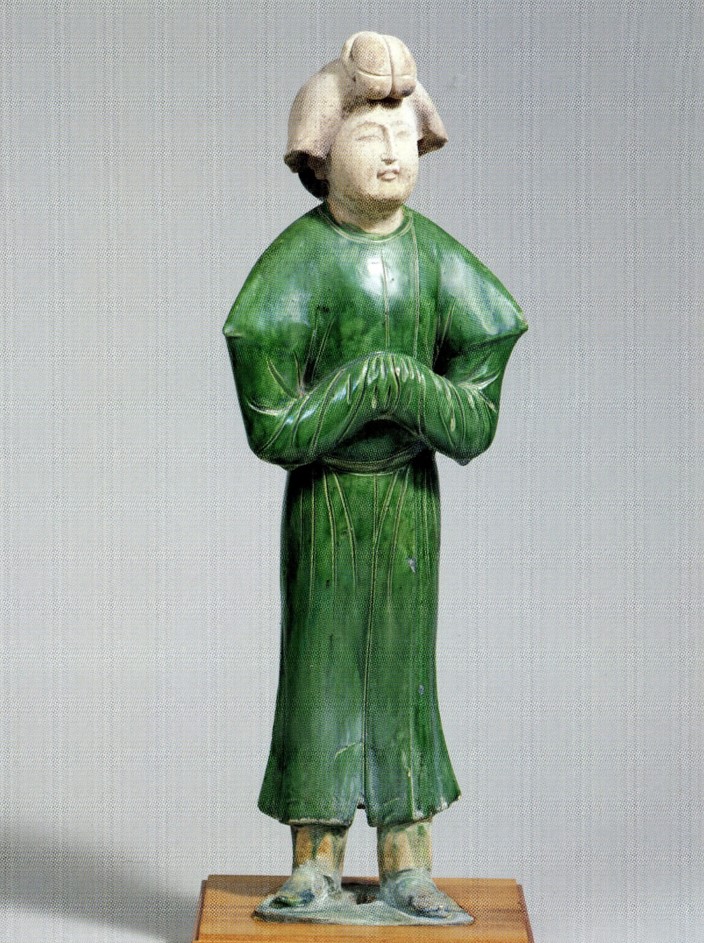


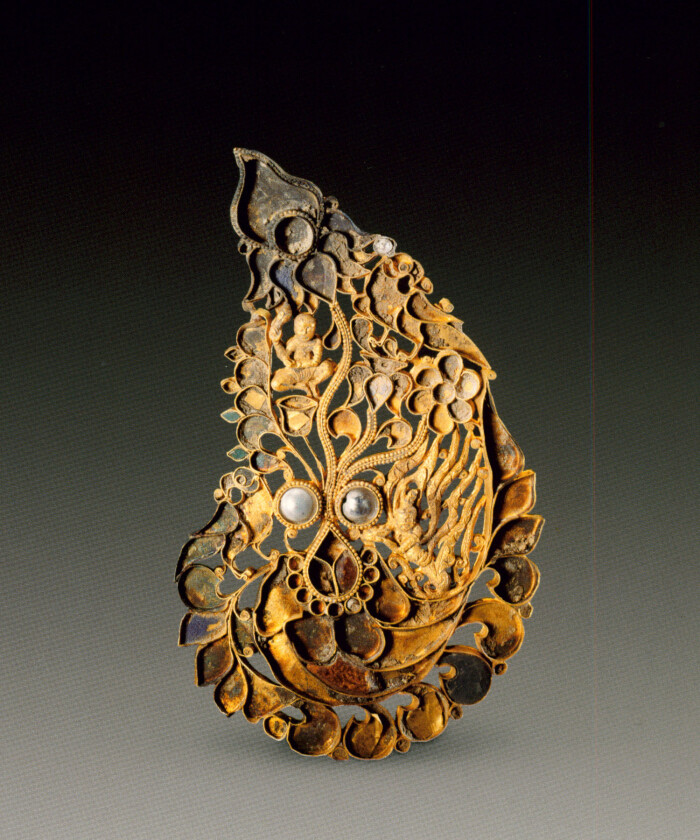 joined fight against Rouran, a proto-Mongol tribe rising to power on the steppes after Xianbei moved to N China. Xianbei rulers called these enemies "ruru"- "squirming worms" in Chinese; yet they also formed marriage alliances. These& #39;re from a ruru princess tomb in China:" title=" #Mulan https://abs.twimg.com/hashflags... draggable="false" alt=""> joined fight against Rouran, a proto-Mongol tribe rising to power on the steppes after Xianbei moved to N China. Xianbei rulers called these enemies "ruru"- "squirming worms" in Chinese; yet they also formed marriage alliances. These& #39;re from a ruru princess tomb in China:">
joined fight against Rouran, a proto-Mongol tribe rising to power on the steppes after Xianbei moved to N China. Xianbei rulers called these enemies "ruru"- "squirming worms" in Chinese; yet they also formed marriage alliances. These& #39;re from a ruru princess tomb in China:" title=" #Mulan https://abs.twimg.com/hashflags... draggable="false" alt=""> joined fight against Rouran, a proto-Mongol tribe rising to power on the steppes after Xianbei moved to N China. Xianbei rulers called these enemies "ruru"- "squirming worms" in Chinese; yet they also formed marriage alliances. These& #39;re from a ruru princess tomb in China:">
 joined fight against Rouran, a proto-Mongol tribe rising to power on the steppes after Xianbei moved to N China. Xianbei rulers called these enemies "ruru"- "squirming worms" in Chinese; yet they also formed marriage alliances. These& #39;re from a ruru princess tomb in China:" title=" #Mulan https://abs.twimg.com/hashflags... draggable="false" alt=""> joined fight against Rouran, a proto-Mongol tribe rising to power on the steppes after Xianbei moved to N China. Xianbei rulers called these enemies "ruru"- "squirming worms" in Chinese; yet they also formed marriage alliances. These& #39;re from a ruru princess tomb in China:">
joined fight against Rouran, a proto-Mongol tribe rising to power on the steppes after Xianbei moved to N China. Xianbei rulers called these enemies "ruru"- "squirming worms" in Chinese; yet they also formed marriage alliances. These& #39;re from a ruru princess tomb in China:" title=" #Mulan https://abs.twimg.com/hashflags... draggable="false" alt=""> joined fight against Rouran, a proto-Mongol tribe rising to power on the steppes after Xianbei moved to N China. Xianbei rulers called these enemies "ruru"- "squirming worms" in Chinese; yet they also formed marriage alliances. These& #39;re from a ruru princess tomb in China:">
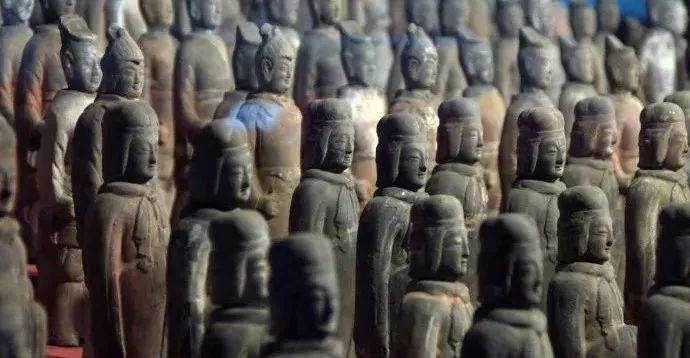 joined fight against Rouran, a proto-Mongol tribe rising to power on the steppes after Xianbei moved to N China. Xianbei rulers called these enemies "ruru"- "squirming worms" in Chinese; yet they also formed marriage alliances. These& #39;re from a ruru princess tomb in China:" title=" #Mulan https://abs.twimg.com/hashflags... draggable="false" alt=""> joined fight against Rouran, a proto-Mongol tribe rising to power on the steppes after Xianbei moved to N China. Xianbei rulers called these enemies "ruru"- "squirming worms" in Chinese; yet they also formed marriage alliances. These& #39;re from a ruru princess tomb in China:">
joined fight against Rouran, a proto-Mongol tribe rising to power on the steppes after Xianbei moved to N China. Xianbei rulers called these enemies "ruru"- "squirming worms" in Chinese; yet they also formed marriage alliances. These& #39;re from a ruru princess tomb in China:" title=" #Mulan https://abs.twimg.com/hashflags... draggable="false" alt=""> joined fight against Rouran, a proto-Mongol tribe rising to power on the steppes after Xianbei moved to N China. Xianbei rulers called these enemies "ruru"- "squirming worms" in Chinese; yet they also formed marriage alliances. These& #39;re from a ruru princess tomb in China:">
